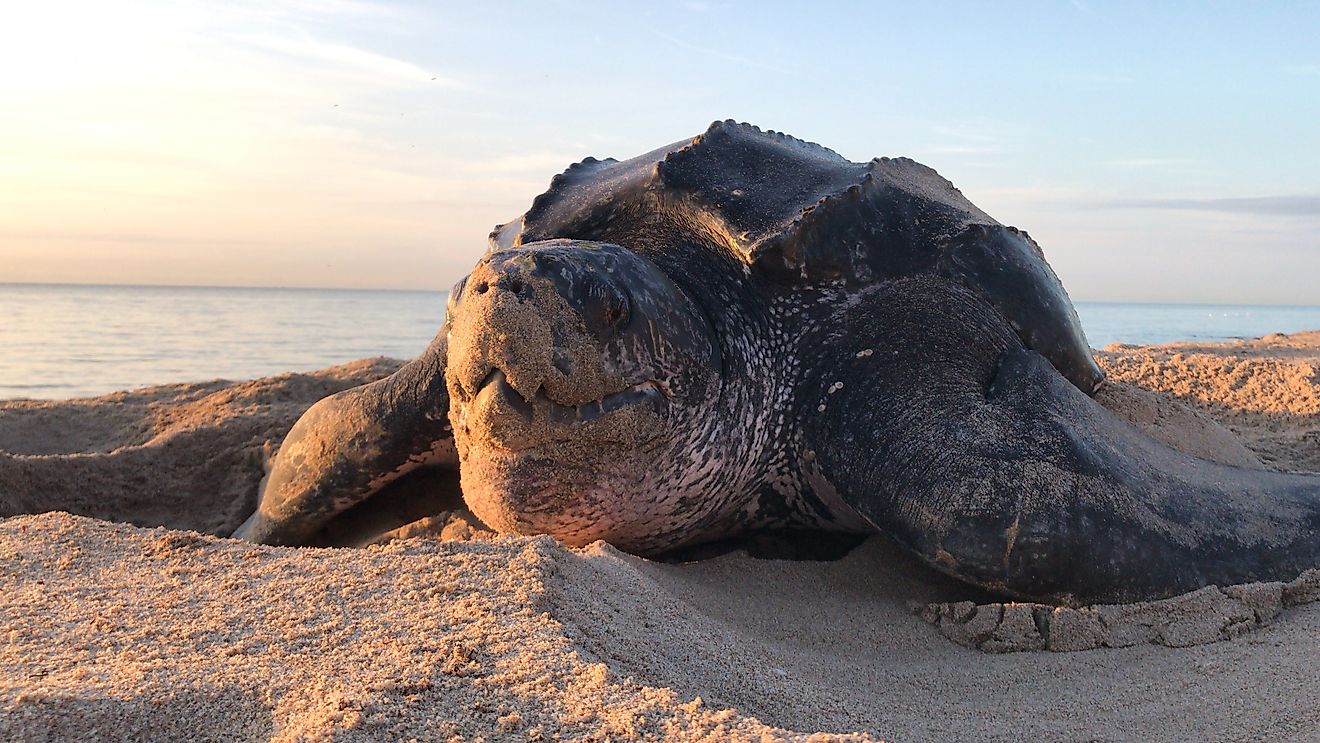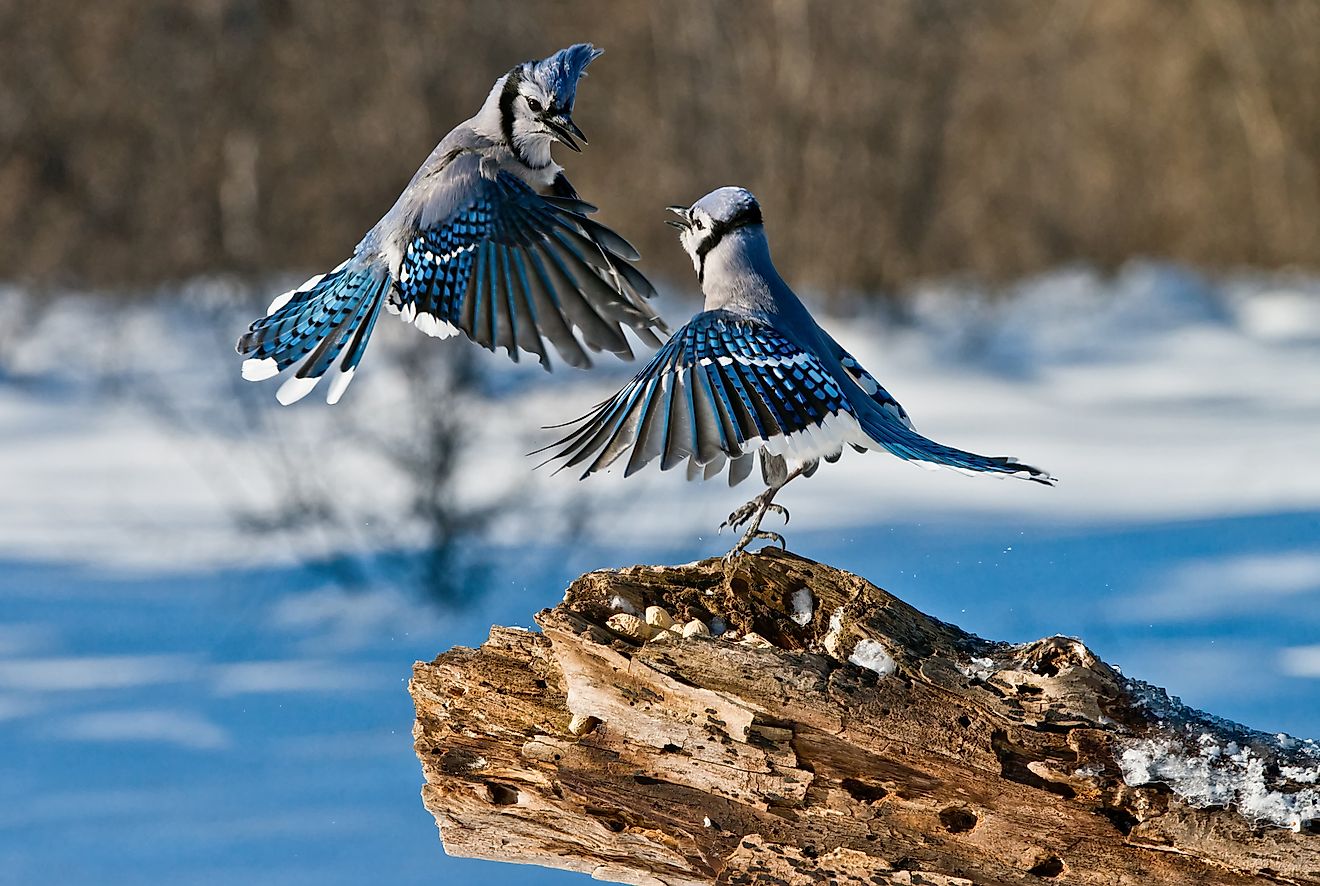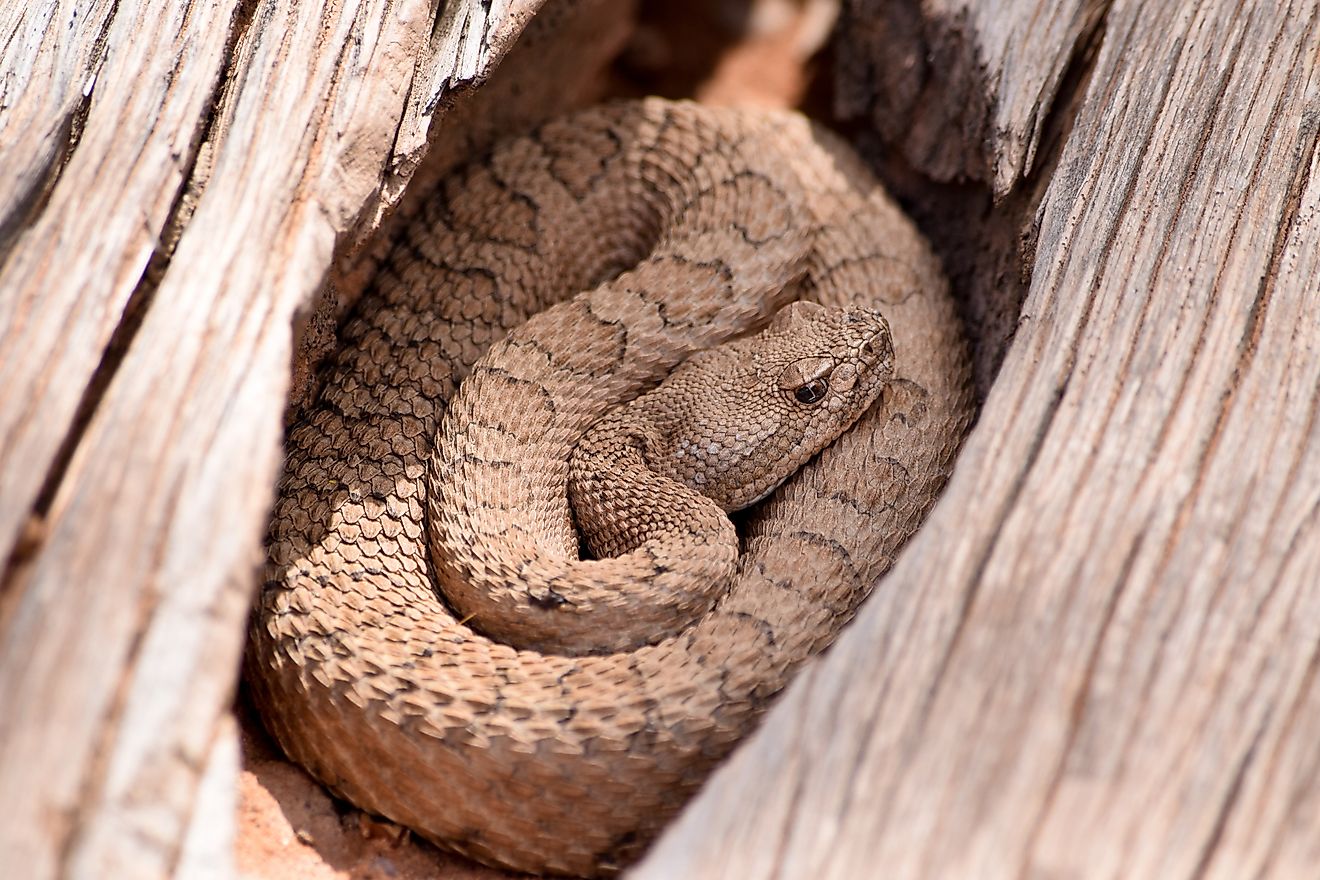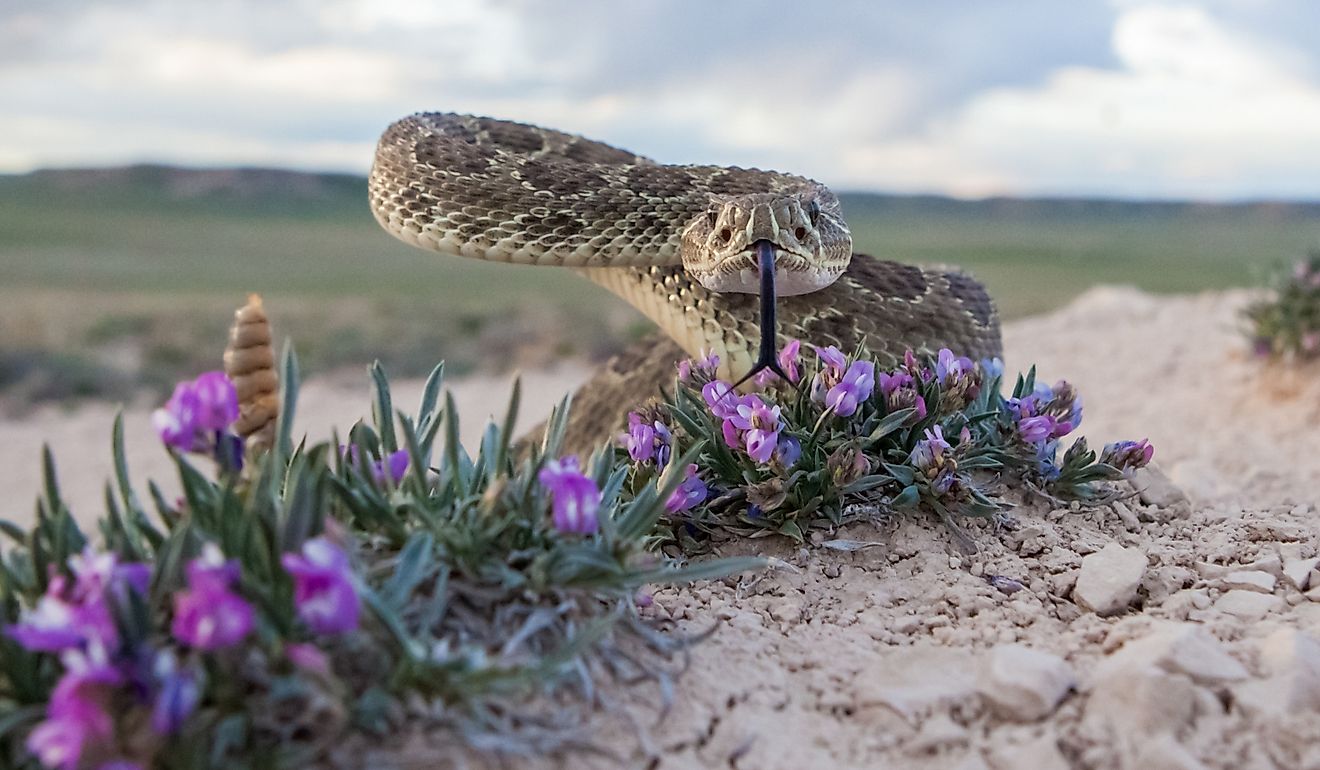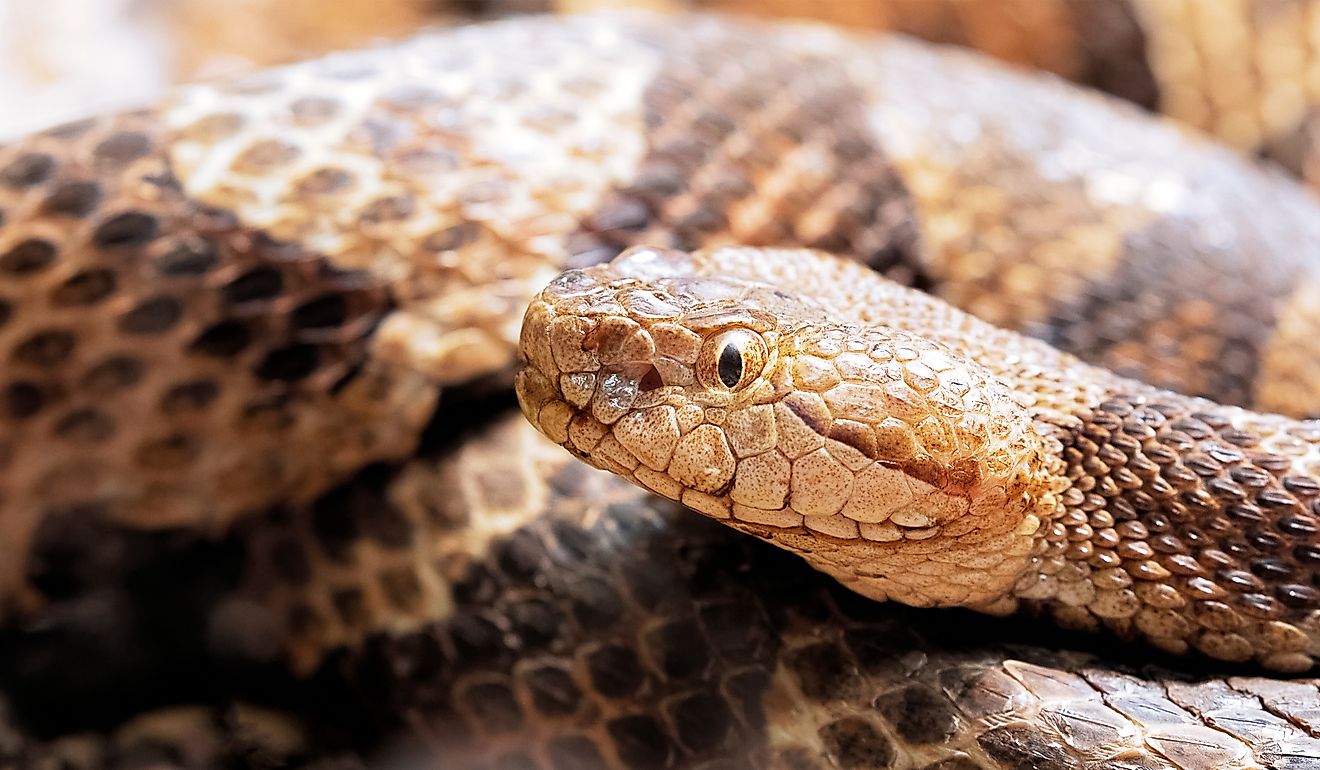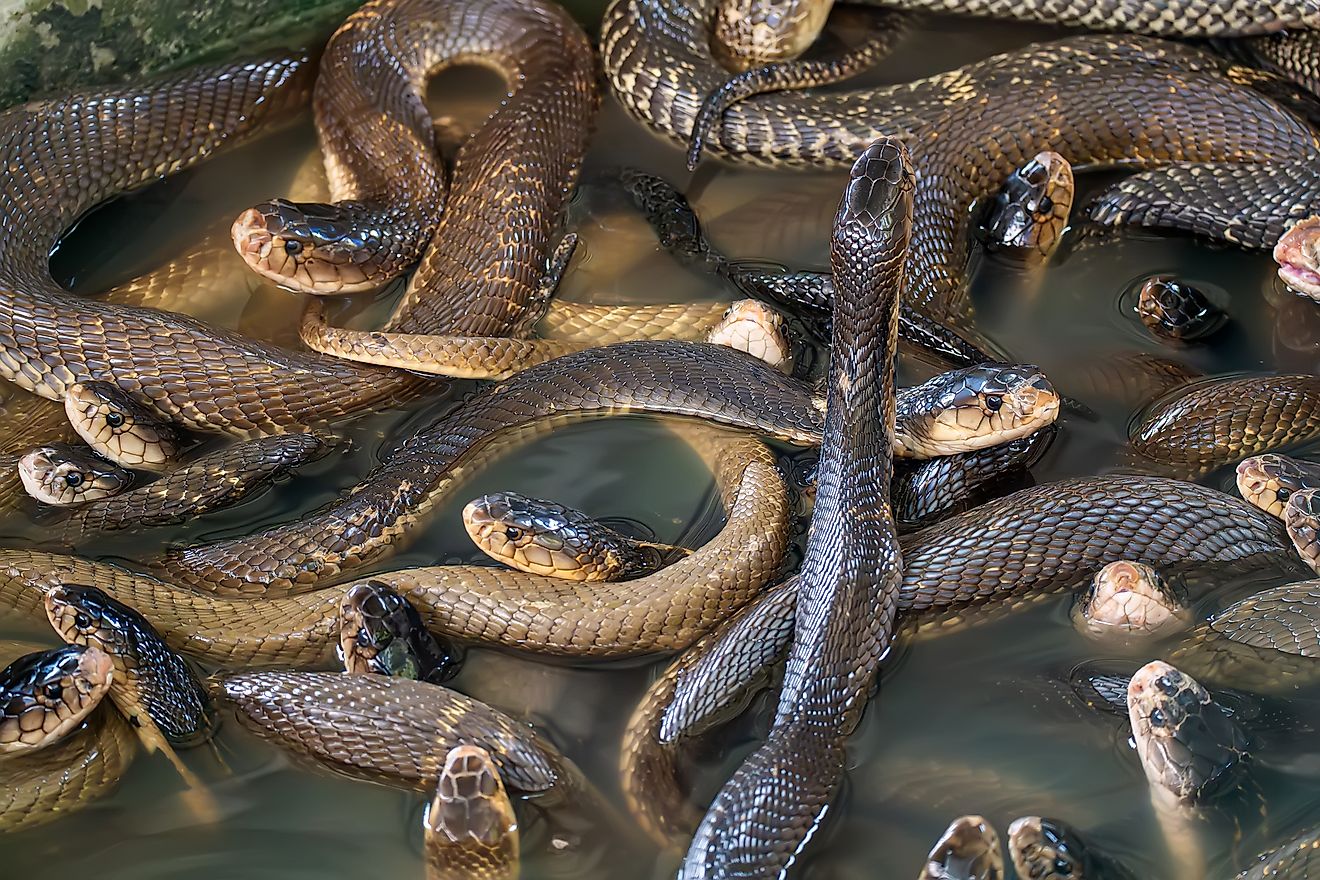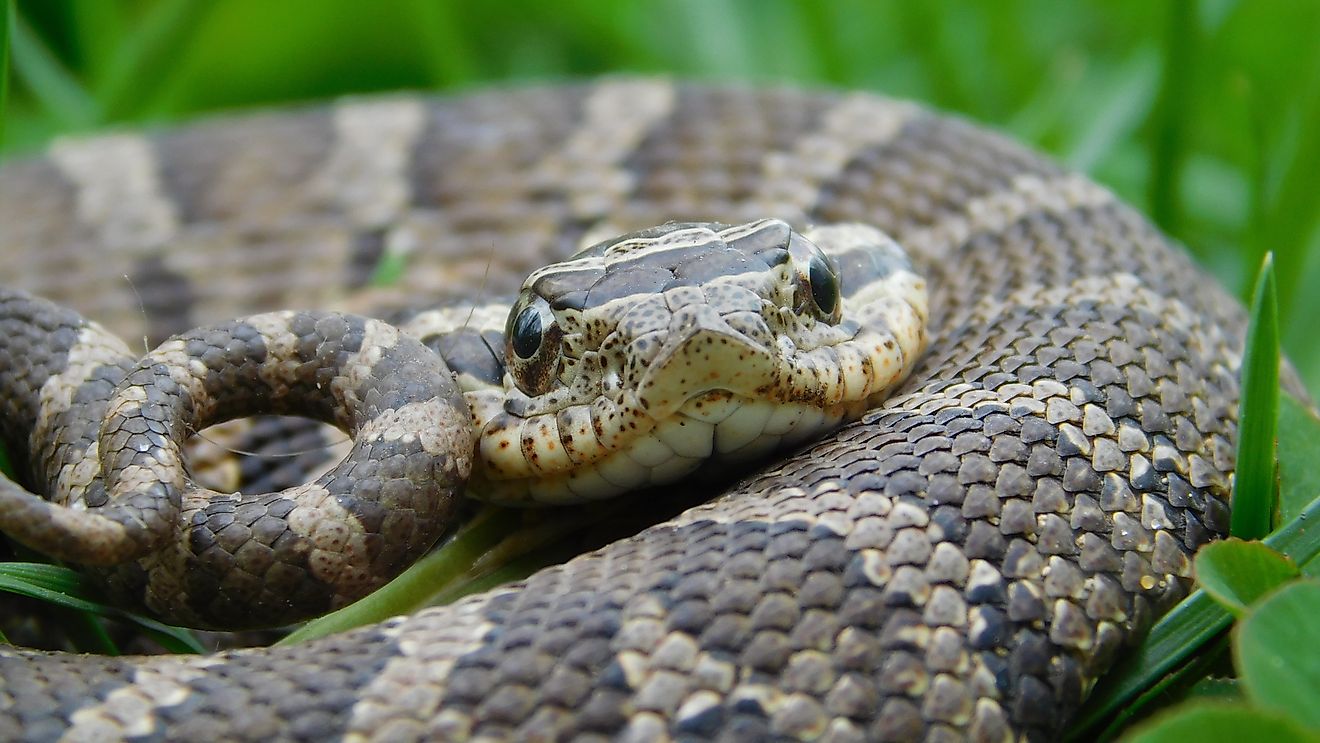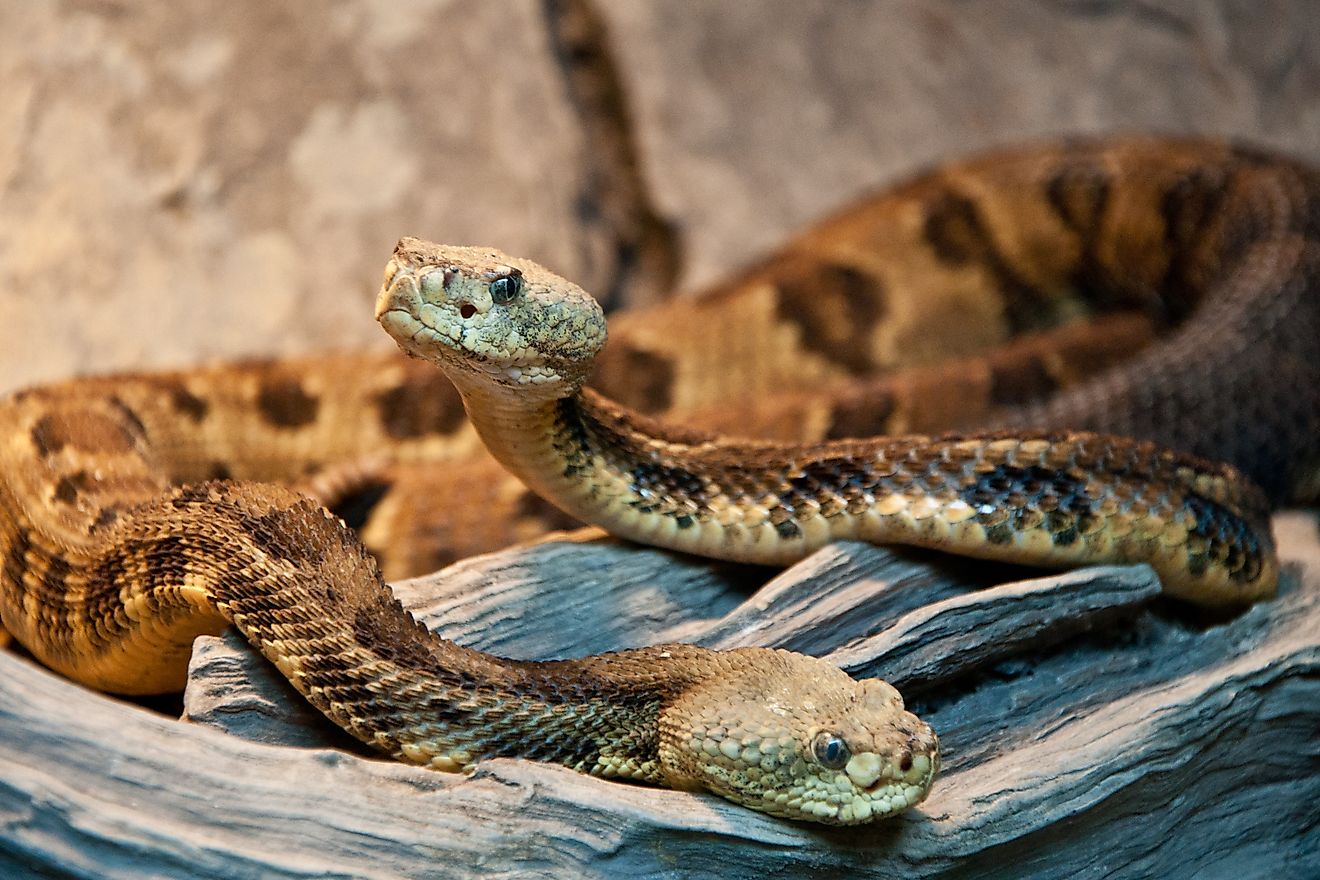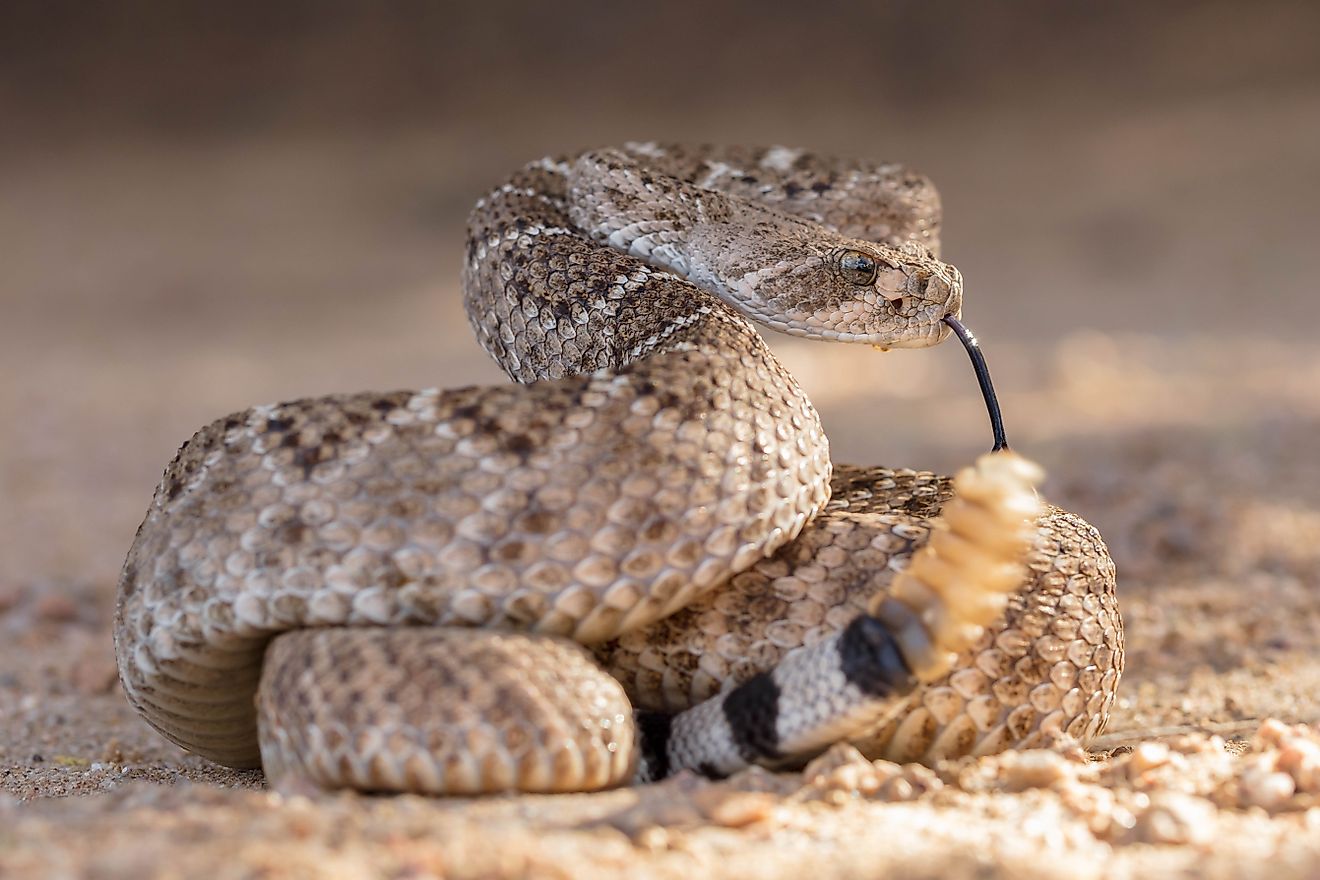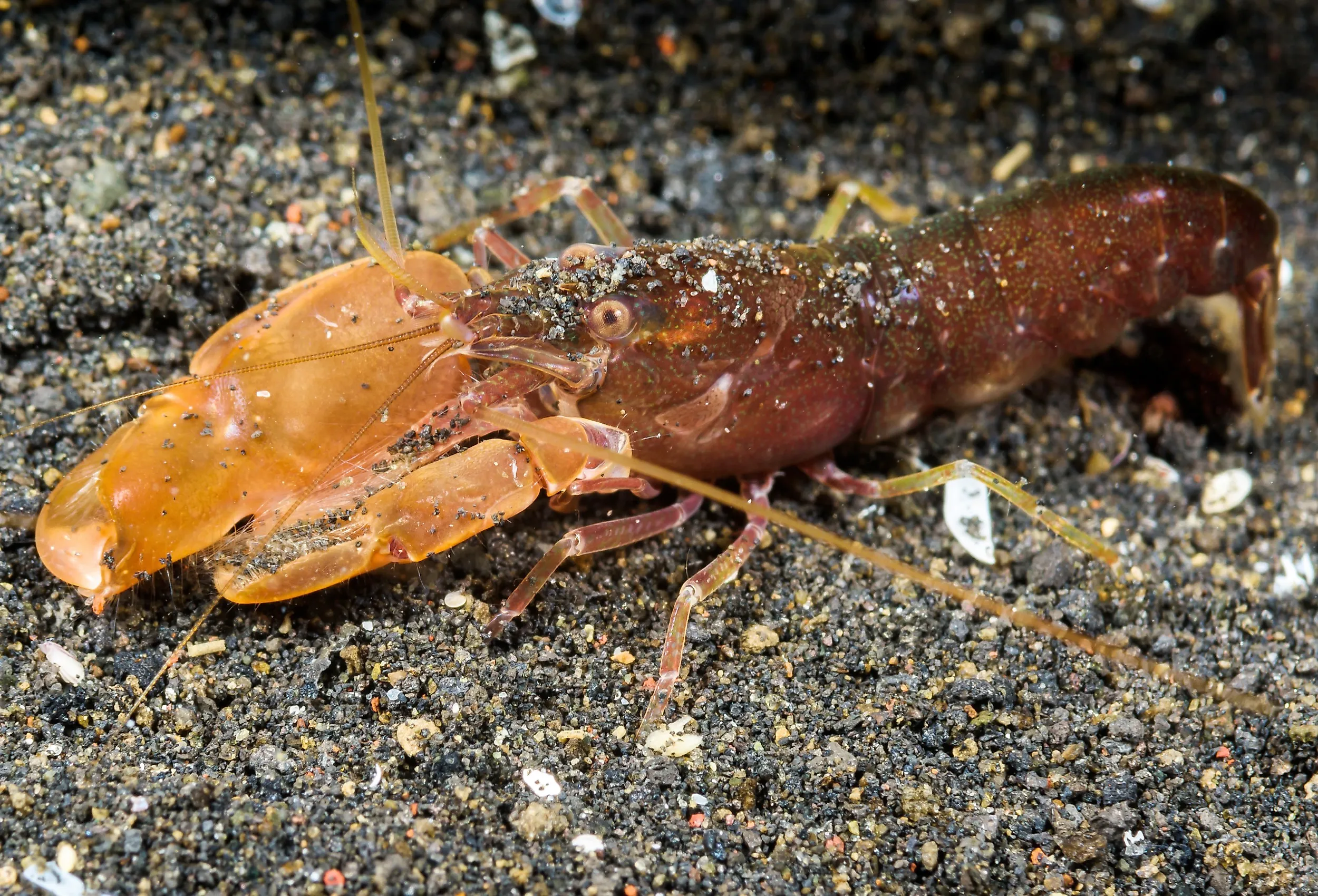
Discover The Shrimp That Fires Sun-Hot Bubbles
One of the loudest animals in the ocean is also one of the smallest. Measuring just a few centimeters, the aptly-named pistol shrimp can snap its claws together and produce a sound louder than a gunshot, reaching up to 210 decibels. And that is not the only weapon in this tiny terror’s arsenal.
When snapping its claws, the shrimp also creates a powerful shockwave, shooting water bubbles at its prey at 60 miles per hour. If that is not enough of a deterrent, the water is also boiling hot. The energy released when snapping heats the bubbles to almost the same temperature as the sun’s surface, releasing a scorching hot jet from its claws.
Pistol shrimp are found in all marine environments, but they especially love warm water and living inside underwater hidey holes like sponges and coral. Swimmers generally hear them before they see them, so next time you are snorkelling a coral reef, take a minute to listen. If you hear lots of crackles and pops, chances are there are a few pistol shrimp in the vicinity.
Packing a Punch
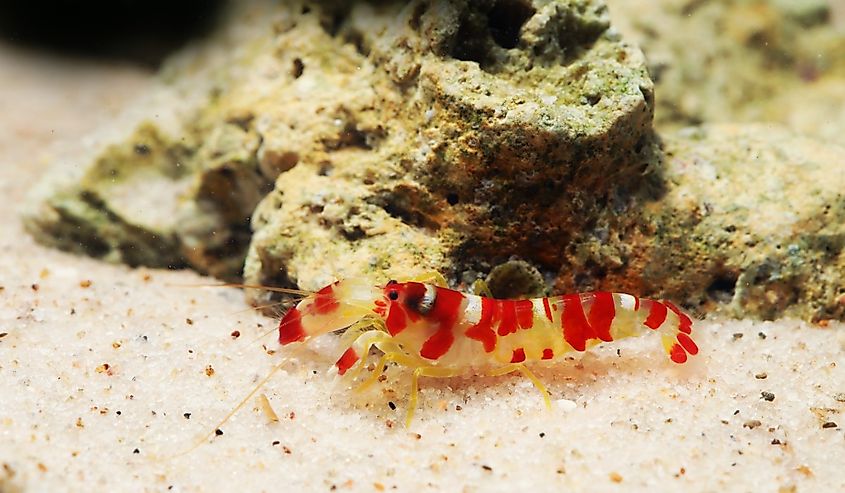
The key to the pistol shrimp’s unusual superpower is its claws. They have two large claws at the front of their body, but one is significantly larger than the other. When a shrimp detects prey, it opens the larger claw, which lets water flood into a small pocket in the crook of the claw. The pincers are violently snapped together, forcing the water to squirt out so fast that it creates what is known as cavitation bubbles. The cavitation bubbles produce the loud noise, earning it the title of the second loudest animal on earth after sperm whales.
A pistol shrimp’s claws can grow up to half their body length, and they can snap them several times in succession without needing to take a break. They are also remarkably resilient. If a shrimp loses its large claw for any reason, the smaller pinchers will grow bigger to replace the missing one, while a new claw develops to take its place.
Why do Pistol Shrimp Snap?
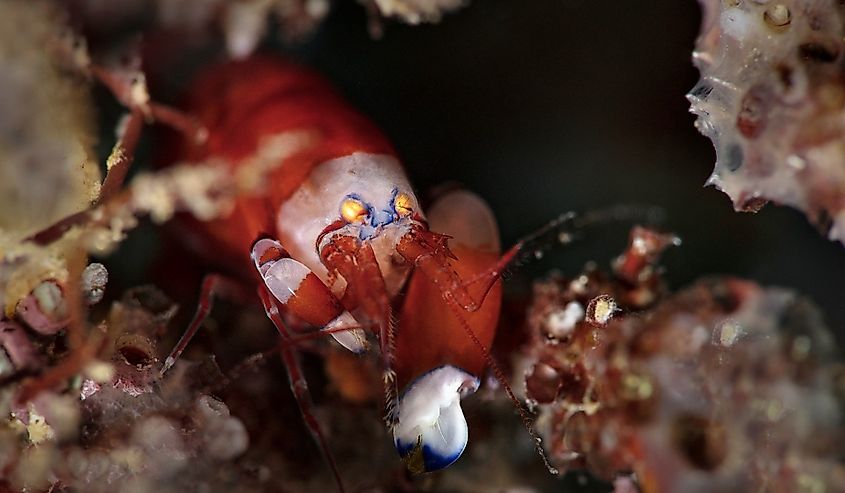
There is evidence that the shrimp snap both defensively and aggressively. They often use this technique to defend their burrows, chasing off intruders with their banging, and also while lying in wait for a meal. When a fish swims by their burrow, the pistol shrimp waits for the perfect moment to pounce, snapping at their prey to stun or kill it. The effect is similar to getting hit full force in the face with a powerful sonic boom.

Although unwieldy, the shrimp’s oversized pinchers often come in handy for more prosaic tasks like digging their burrows or attracting a mate. When it comes to shrimp seduction, bigger is definitely better — males with larger claws have a higher success rate in pairing up.
Sounding the Alarm
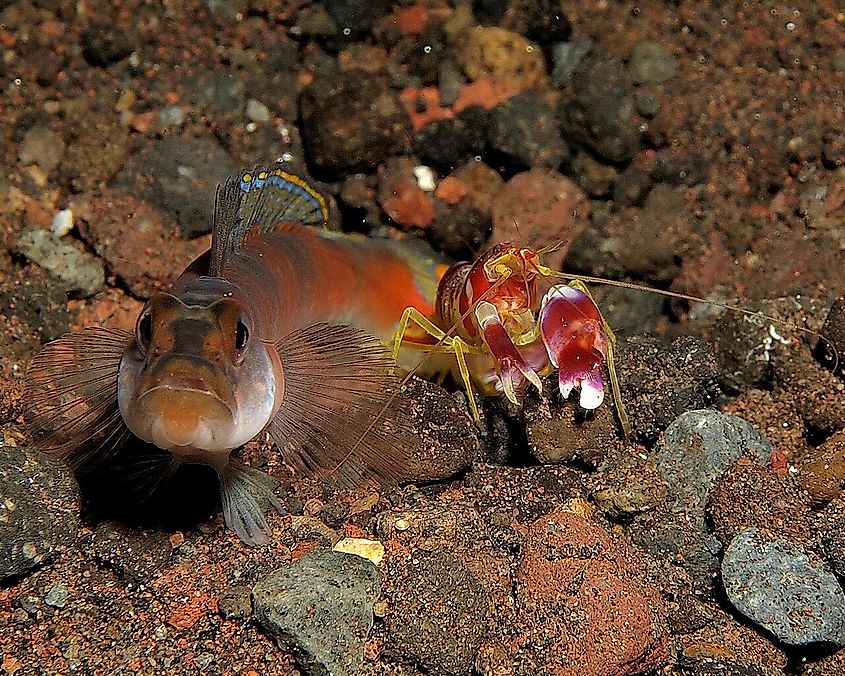
Snapping shrimp aren’t just another marvel of nature. Their signature sound could also help conservationists save ocean habitats.
Given that the ‘shots’ of a pistol shrimp are audible to human ears, they are well known among veteran divers and snorkelers. When divers started to notice a change in underwater noise following incidents such as oil spills and hurricanes, it gave scientists an idea. By measuring the frequency of pistol shrimp snaps before and after environmental events, they theorized that they could get valuable data about the health of the habitat.
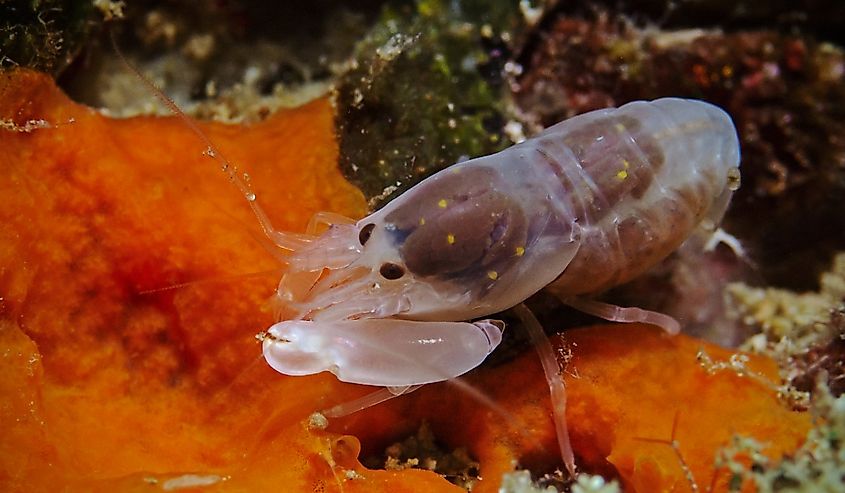
Using that data, researchers could potentially track damage due to coral disease or bleaching, as well as man-made threats such as marine traffic or chemical spills. They could also monitor how well restoration efforts are progressing.
Research into this evolving area is still in the early stages but scientists from the National Oceanic and Atmospheric Administration have already begun collecting data under its SanctSound Project which monitors sites in the Florida Keys and in Gray’s Reef, off the coast of Georgia.
The first step in collecting data about pistol shrimp involves finding out what is normal for the shrimp so scientists have a baseline that they can use for comparison. Thanks to SanctSound, researchers now have valuable information that shows snapping habits can vary based on location, season, and even the time of day. In general, snapping increases as the water warms up, so the seas get noisier in spring and summer. There is also evidence that snapping peaks as the sun goes down, with the shrimp becoming more active in the dark.
Listening to pistol shrimp can tell us a lot about what is going on under the waves. Like the canary in the coal mine, these tiny but noisy crustaceans could be the red flag that signals the need for greater protection of delicate coral ecosystems. In this context, their amazing ability is more of a wake-up alarm than a snap.


